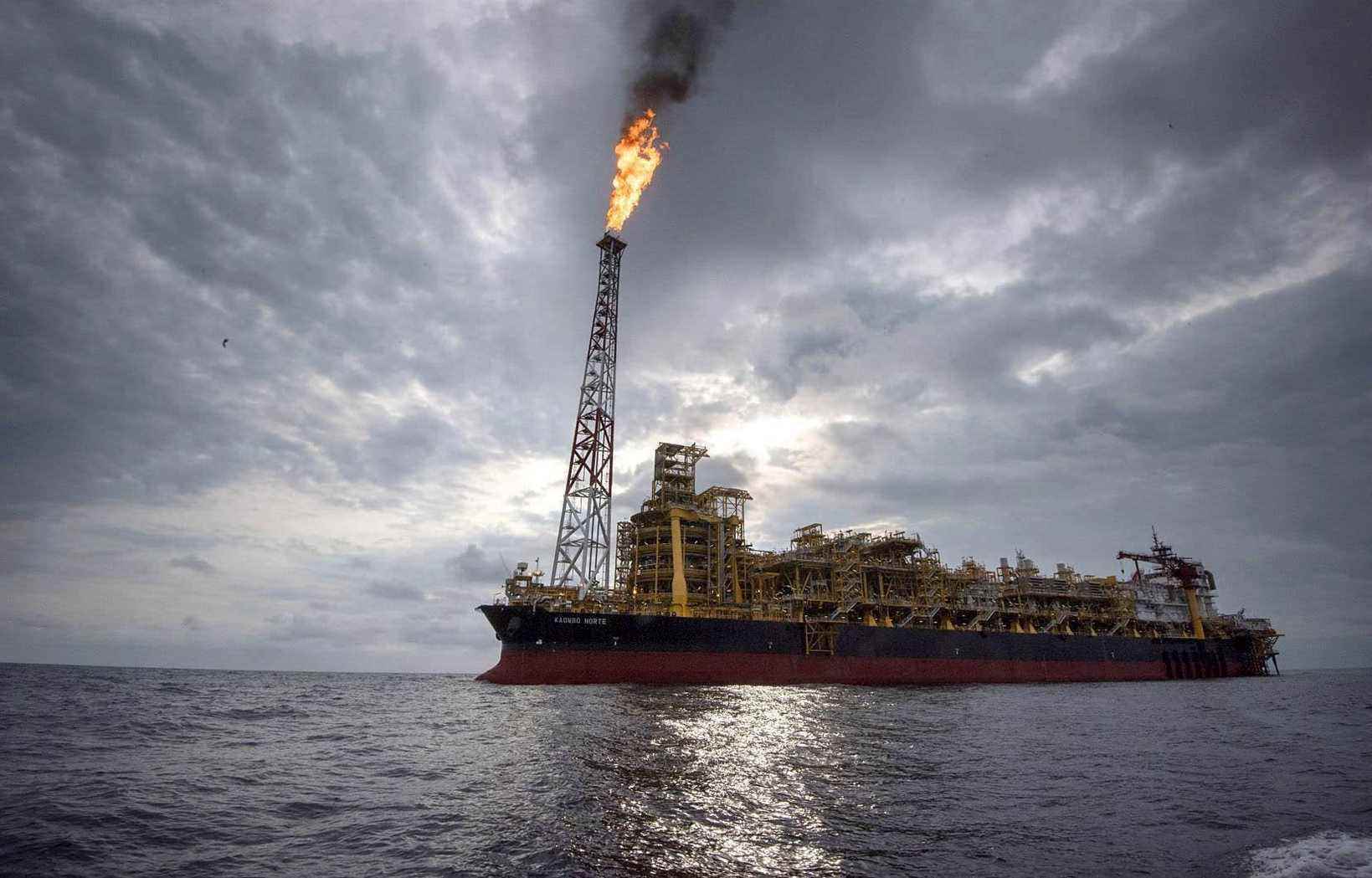Although the Trudeau government claims that the Bay du Nord project will eventually be “carbon neutral”, the oil that will be produced could generate 116 million tonnes of greenhouse gases, or even more, depending on the amount of oil that will be pumped over the course of the next few years. coming decades off the east coast of Canada.
When approving the mega oil project on Wednesday, the federal government pointed out that the authorization includes a requirement for the oil company Equinor to achieve “carbon neutrality by 2050”. This obligation relates to the emissions planned for the project of 60 drillings and exploitation of 200,000 barrels per day, for a total of 300 million barrels by 2058.
Based on the data provided by the Trudeau government when authorizing this new oil project, it is expected that the production of each barrel will emit 8 kilograms of CO2. This equates to daily emissions of 1,600 tonnes of greenhouse gases (GHGs) if Equinor operates 200,000 barrels, assuming there are no measures to offset the emissions or further reduce them. Over an annual period, the Bay du Nord project could therefore generate 584,000 tonnes of GHGs.
This is equivalent to the annual emissions of just over 237,000 gasoline-powered cars. We can also compare these annual emissions to the individual effort of about 840,000 vegetarians, who emit about 0.7 tonnes less GHG than a carnivore per year.
Petroleum burning
Under the conditions imposed by the Trudeau government, however, Equinor will have to gradually reduce emissions from operations, which should begin in 2028. The “carbon neutrality” obligation, however, only concerns the Bay du Nord project, and not the use of this oil, which could be largely exported.
We cannot assume the final use of this oil, but at present, “90% of petroleum products are burned, especially in transport”, specifies the holder of the Chair of management of the energy sector at HEC Montreal, Pierre-Olivier Pineau. This means that up to 270 million barrels of oil from the Bay du Nord project could be flared. A figure that could be revised downwards, in a context of electrification of transport.
According to data from the United States Environmental Protection Agency, each barrel that is burned generates 0.43 tonnes of GHGs. Assuming that 90% of the oil produced by Equinor offshore Newfoundland and Labrador is flared, the Bay du Nord project could generate 116 million tonnes of GHGs when using its products. If the deposit contains a billion barrels, as has been mentioned, the emissions from the combustion of this oil could reach 387 million tonnes.
For reference, 116 million tonnes of GHGs are equivalent to the annual emissions of more than 47 million cars, the efforts of some 45 million vegetarians or even 1.3 million round-trip flights between Montreal and Paris, according to the UN International Civil Aviation Organization calculations.
Pollution without borders
In reaction to the data calculated by The dutythe director of national policies at the Canada Climate Action Network, Caroline Brouillette, deplores the claims of the Trudeau government on the “carbon neutrality” of the Bay du Nord project.
“Justin Trudeau and his cabinet have their noses glued to the tree, which prevents them from seeing the forest. Globally, 85% of emissions from the oil and gas sector occur during combustion. Even if the project is carbon neutral in terms of emissions on Canadian soil, the atmosphere does not care about borders. Increasing oil production will result in an increase in emissions, even if they do not take place on the territory of Canada,” she argues.
The Bay du Nord project, however, emits significantly less GHGs for each barrel produced compared to other mining projects, recalls Pierre-Olivier Pineau. For comparison, the production of each barrel of tar sands oil emits 80 kilograms of CO2according to federal government data.
Data on emissions from the Bay du Nord project show, for Sébastien Jodoin, holder of the Canada Research Chair in Human Rights, Health and the Environment at McGill University, that the simple reflex of modifying our behavior to improving the condition of the planet is “counterproductive”. “This idea gives the comforting illusion that individual actions can make a difference, while the responsibility lies rather with a small number of States and companies. »
The professor nevertheless believes that governments could legislate to encourage us to adopt greener behaviors. “But should a person stress about the impact of their behaviors on the environment? Not really. It would be a delusion to think that this is how we are going to save the planet. »
As the world locked down and substantially reduced the use of motorized means of transport in early April 2020, GHG emissions fell only 17% daily from 2019 average levels, according to a published study. in the magazine Nature. Sébastien Jodoin thus encourages those who wish to make a difference to get involved in non-governmental organizations that work in the environment, to demonstrate, to vote and to educate the people around them to do the same.
